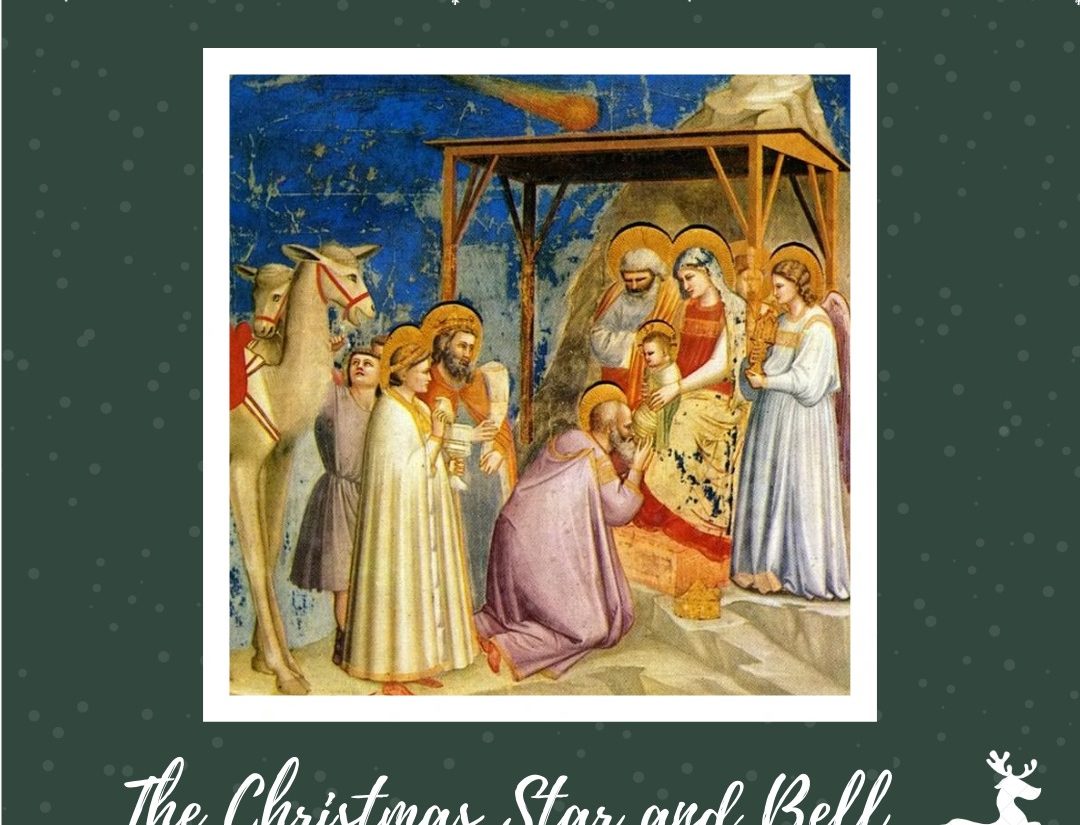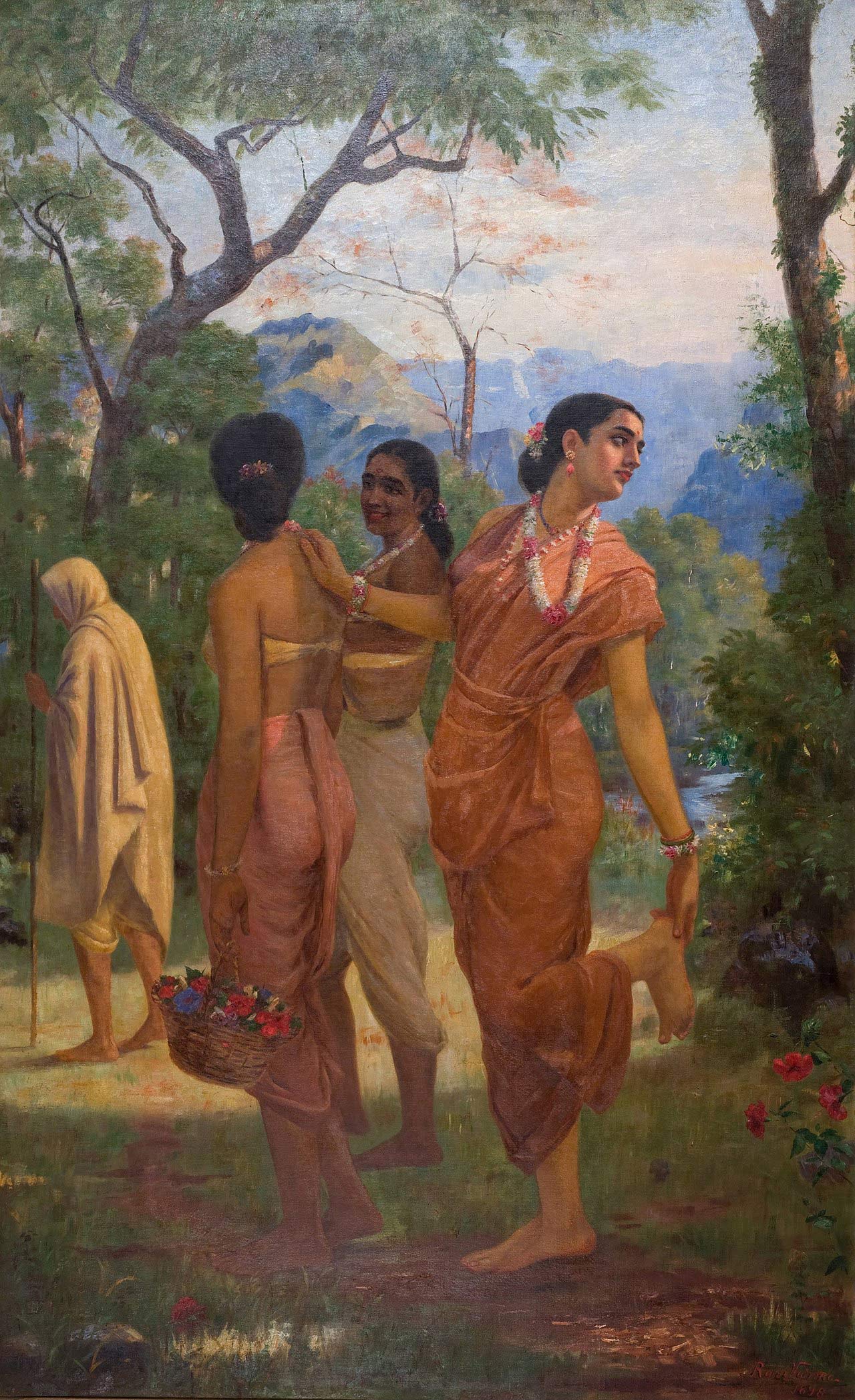
Article by EIH Researcher and Writer
Jisa Ann Thomas
A very essential feature of all Christmas decorations is the star. We always see it hung at the top either of the Christmas tree of the rooftop of the houses. The star is used to symbolize the ‘Star of Bethlehem’. According to the Bible, when the visitors from the east saw the star in Bethlehem, they realized that the King of the Jews was born. So, when King Herod came to know of this he and everyone else became very upset. So he called the visitors from the east and enquired about the exact time that the star had appeared. They told Herod everything and went on their way following the star. Finally, when they saw Jesus they presented him with the gifts of gold and frankincense.
The Christmas bell is another important trinket seen in the decorations for Christmas. The tradition of using bells can be traced back to the middle ages. Large bells were rung in the Church to announce something important. They were used to announce the time of the day and even today church bells are rung during the morning and the evening. They were also rung to announce the coming of some important person, at the beginning and end of various occasions and so on. Therefore, the bells used for Christmas stand for an important occasion which is the birth of Jesus.
The most famous bells used as Christmas decoration are the jingle bells. A jingle bell as the name suggests is the bell which produces a distinctive jingling sound. Bells of this type were developed centuries ago from the European crotal bell for fastening to harnesses used with horses or teams of horses. Typically they were used for horse-drawn vehicles, such as carriages and sleighs. The bell was designed to make a jingly sound whenever the horse and thus the vehicle was in motion. The purpose was to herald the approach of someone important, or to warn pedestrians of the vehicle’s approach so that they might step aside to avoid collisions. This was especially important for sleighs, which otherwise make almost no sound as they travel over packed snow, and are difficult to stop quickly.




















